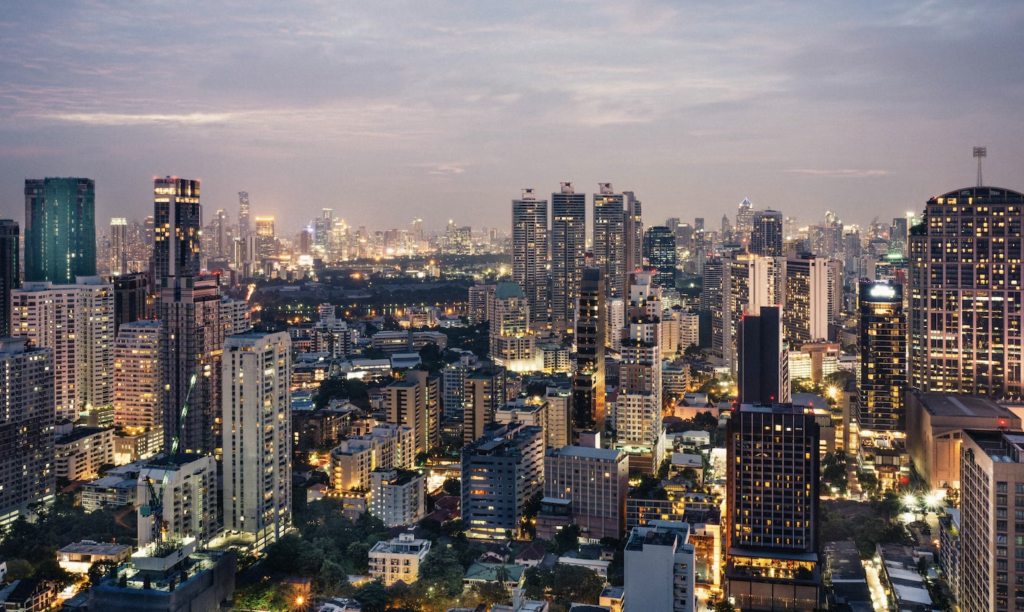What Are 15-Minute Cities, And Why You Should Know About Them
The 15-minute city, an urban planning concept, would refocus cities around walking and biking, attempting to make all necessities available within 15 minutes by foot or by bike.
This article is more than 2 years old

For most Americans, cars are necessary; only a few U.S. cities have reliable and extensive public transport systems, leaving most people dependent on cars to get to work, school, health care, and grocery stores. The 15-minute city, an urban planning concept, would refocus cities around walking and biking, attempting to make all necessities available within 15 minutes by foot or by bike. 15-minute cities would reduce climate damage and alleviate car dependency and congested roadways.
The pandemic heightened the demand for cycling and walking infrastructure, and many community members don’t want to look back. According to ABC News, many cities have embraced the idea of the 15-minute city, prioritizing bikers and walkers when city planning, including major metropolitan areas like Melbourne, Vancouver, and Paris. Most of the time, the implementation of the idea doesn’t involve demolishing and rebuilding city blocks but more minor changes like increased bike lanes and pedestrian areas, as well as limiting car-friendly areas to prioritize pedestrians.
It’s hard to believe that something as innocuous as pedestrian accessibility could be the start of a conspiracy theory, but that’s precisely what happened with the 15-minute city. The conspiracy started with the claim that limiting cars was a government overreach and an attack on personal freedoms, which is ironic considering that 15-minute cities would give residents more options for travel rather than less. But the claims have only gotten wilder, with theorists claiming that 15-minute cities will become the government’s open-air prisons.
Theorists believe that, after 15-minute cities are established, residents will be required to have permission to leave their zones of residence; the fact that it’s been promoted globally and not just by the American government doesn’t display a universally good idea to conspiracy theorists but points to a widespread, worldwide model of government control. Conspiracy theorists are so passionately opposed to 15-minute cities that they’ve even taken to the streets in protest.
Edmonton, a city in Alberta, Canada, recently adopted a 15-minute city plan to promote walking and biking and lessen their impact on climate change, but protestors claimed that the city’s government would use the 15-minute cities to illegally track people’s individual carbon footprints. These claims and lies about the planning concept have gotten so outrageous that many planning officials are fearful that communities will be unable to have rational discussions about city planning at all.
What many protestors don’t seem to realize is that 15-minute cities aren’t intended to limit or prohibit car use, but to reduce car dependency—a much more likely form of control is the cities that are so spread out that people must drive to get any of their necessities. People in areas of urban sprawl are forced to use cars to get everywhere, leaving them little to no other transportation options; the 15-minute city would expand people’s access to different kinds of transportation and encourage people to get outside. While the 15-minute city as a planning concept would have a positive impact on millions of lives, it’s too soon to tell whether it can move past the conspiracy theorists to affect real change.






